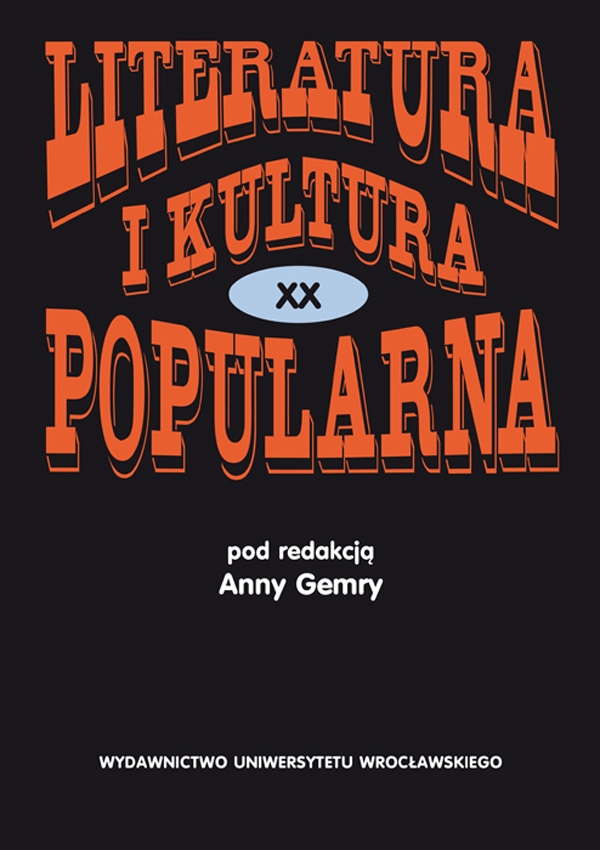

Artykuły

From Penelope to Inanna and Back. Women’s Strategies of Myth- and Tale-Telling
For at least the last two decades women writers of feminist orientation have been getting a lot of pleasure out of toying with the so-called simple forms Germ. einfache Formen of literature. Fairy-tales and myths are aproduct of patriarchal culture and therefore the messages concerning women that such stories transmit are today interpreted as oppressive. This is the reason why women writers, re-penning the simple forms, revise the well-known plots. In The Penelopiad, Margaret Atwood entrusts the story of Odysseus to his wife, which effects acomplete change to the image of the hero of Odyssey. Zimmer Bradley also belongs to this revisionist movement. In her Mists of Avalon, she presents the Arthurian myth as the end of acertain epoch in our culture, based on the assumption that there once existed an ancient civilization and religion of women. Yet another example of astrategy of myth re-telling, which relies on the act of creating new stories on the basis of the old ones, is The Avalanche by Ursula K. Le Guin. This time awoman, amarginalized figure in the history of literature, is entrusted with the task of narrating the story. The author endows the almost forgotten heroine of Vergilius’ Eneida with a voice, making aclassic man’s tale complete with awoman’s perspective. Olga Tokarczuk on her part, in the book Anna In wgrobowcach świata Anna In in the Tombs of the World, attempts to outline one of the oldest founding stories — the Sumerian matriarchal myth. Two other writers — Clarissa Pinkola Estés and Angela Carter reinterpret well-known tales, sometimes presenting new, women-friendly versions of them.